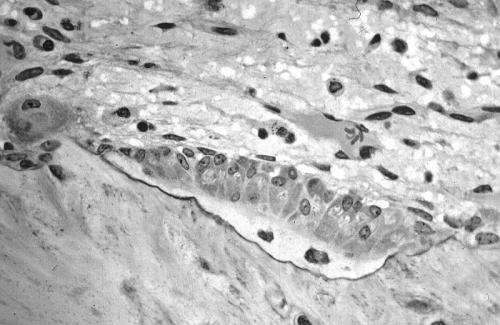Bone abnormalities in systemic autoimmune disease

An article published in Experimental Biology and Medicine details abnormalities in bone pathology that occur in systemic autoimmune disease. The study, led by Dr. Yasuhiro Kon, Professor in the Department of Basic Veterinary Sciences at Hokkaido University in Sapporo, Japan, reports that alterations in bone morphology, calcium homeostasis and hematopoiesis occur in a mouse model of systemic autoimmune disease.
There are more than 3 million cases of osteoporosis in the US alone each year. Osteoporosis, or bone loss, is characterized by porous bones that are weak, brittle and more susceptible to fracture. Autoimmune disease is an important and predisposing factor for osteoporosis. Patients with autoimmune disorders such as rheumatoid arthritis and systemic lupus erythematosus develop secondary osteoporosis. However, the blood mineral levels in these diseases do not necessarily mimic those of bone disorders. Furthermore, the pathological mechanism(s) responsible for bone loss in autoimmune diseases have not been elucidated.
In the current study, Dr. Kon and colleagues examined bone pathology and blood mineral levels in the BXSB/MpJ-Yaa (BXSB-Yaa) mouse model, which develops severe autoimmune symptoms characteristic of systemic lupus erythematosus but not rheumatoid arthritis. Aged BXSB-Yaa mice exhibited bone loss (length/weight of tibia and fibula) when compared to age-matched controls. BXSB-Yaa mice also exhibited higher serum calcium levels at two to four months of age and subsequent mild anemia when compared to controls. Dr.Osamu Ichii, senior author for the study said: "We have demonstrated that systemic autoimmune disease is closely associated with morpho-functional abnormalities of bones, including bone marrow. The abnormalities in the BXSB-Yaa murine autoimmune disease model are characterized by altered regulations of serum calcium, anemia tendency, and hematopoiesis with increased white blood cells and decreased platelets count, short length and low mass of long bones, imbalance in the populations of osteoclasts and osteoblasts, and increased expression of candidate genes for causing and/or exacerbating their phenotypes."
Dr. Steven R. Goodman, editor-in-chief of Experimental Biology and Medicine, said, "Kon and colleagues have looked at the relationship of systemic autoimmune disease and bone abnormalities using a mouse model of systemic lupus erythamotosus. These BXSB/MpJ-Yaa mice demonstrated altered calcium levels in serum and increased anemia due to changes in erythropoiesis. Their studies demonstrate that this is a useful mouse model to elucidate the relationship between systemic autoimmune disease and bone pathologies."
More information: Takashi Namba et al. Feature Article: Altered morpho-functional features of bones in autoimmune disease-prone BXSB/MpJ-Yaa mice, Experimental Biology and Medicine (2019). DOI: 10.1177/1535370219832810

















